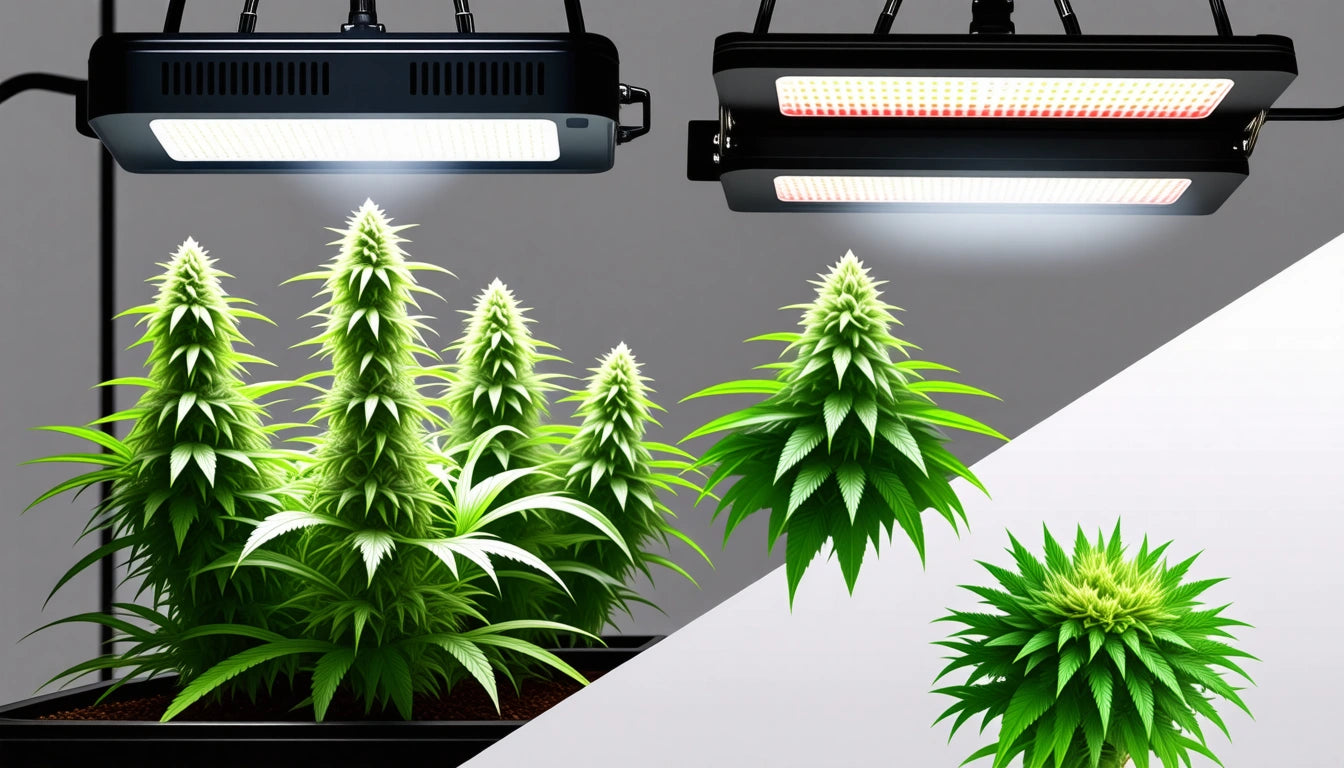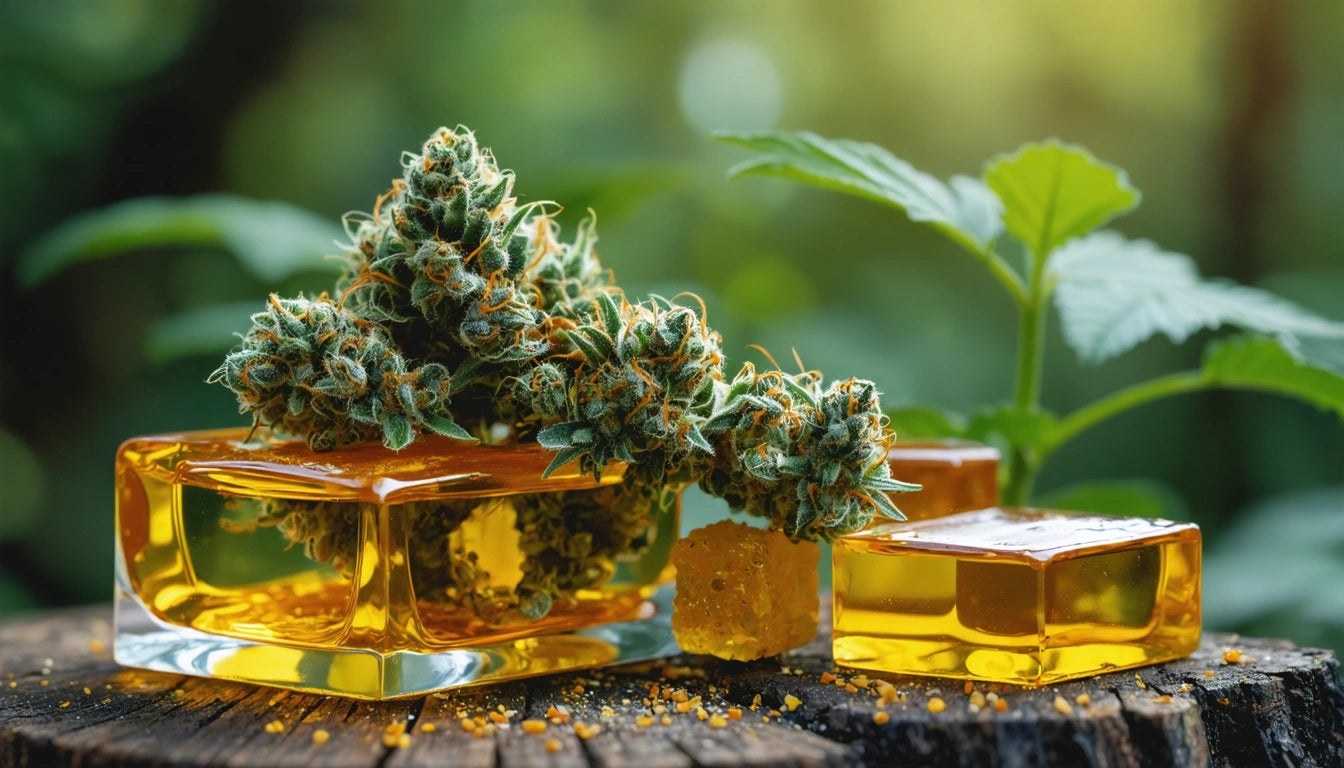Table of Contents
- What is a Cartridge: Basic Definition and Function
- The Two Main Types of Cartridges: 510-Thread and Proprietary
- Essential Components of Vape Cartridges
- Are Air Bubbles in Cartridges Bad? Understanding Normal Occurrences
- Pods vs Cartridges: Key Differences and Considerations
- How to Select the Right Cartridge for Your Needs
Understanding Cartridges: Types, Concerns, and Comparisons
Vape cartridges have revolutionized the cannabis consumption landscape by offering a convenient, discreet, and precise dosing method. For newcomers and experienced users alike, understanding what cartridges are, how they function, and the differences between various types can significantly enhance the vaping experience. This comprehensive guide addresses common questions about cartridges and provides insights into making informed choices.
What is a Cartridge: Basic Definition and Function
A cartridge, often referred to as a "cart" in the cannabis industry, is a prefilled container of cannabis oil designed to attach to a battery or vape pen. These devices heat the oil to create vapor for inhalation without combustion. According to industry experts, cartridges offer precise dosing and eliminate the need for grinding, rolling, or packing material.
Cartridges typically consist of a mouthpiece, chamber containing cannabis oil, and a heating element. When activated by the battery, the heating element vaporizes the oil, creating inhalable vapor. This method of consumption has gained popularity due to its convenience, portability, and reduced odor compared to traditional smoking methods.
The Two Main Types of Cartridges: 510-Thread and Proprietary
When discussing what are the two main types of cartridges, the industry generally recognizes:
1. 510-Thread Cartridges
These universal cartridges feature standardized threading that fits most batteries on the market. The "510" refers to the specific threading specifications: 10 threads at 5mm length. These represent the most common type of cartridge due to their compatibility with numerous devices. As detailed in this comprehensive guide, 510-thread cartridges offer consumers flexibility and are widely available across dispensaries.
2. Proprietary/Pod Systems
These cartridges are designed to work exclusively with specific devices from the same manufacturer. While less universal, they often feature enhanced airflow, reduced leakage, and optimized performance. Popular examples include PAX Era pods and STIIIZY pods. These systems typically offer a more seamless experience but limit compatibility with other devices.
Essential Components of Vape Cartridges
To fully understand what is a cartridge, it's important to examine its key components:
- Mouthpiece: The part users inhale from, typically made of plastic, metal, or ceramic
- Chamber/Tank: Holds the cannabis oil or distillate
- Heating Element/Atomizer: Converts electricity from the battery into heat, vaporizing the oil
- Wick: Draws oil from the chamber to the heating element
- Base/Connector: Connects to the battery and transfers power to the heating element
Material quality varies significantly across cartridges. Premium options often use ceramic heating elements and glass chambers, while budget options might use cheaper materials that can affect flavor and potentially safety. For businesses looking to package these products properly, high-quality storage solutions are essential for maintaining product integrity during distribution and retail display.
Are Air Bubbles in Cartridges Bad? Understanding Normal Occurrences
Many users wonder if air bubbles in cartridges are bad or indicate a defective product. In most cases, air bubbles are a normal occurrence and not cause for concern. They typically form when:
- The cartridge has been sitting unused for a period
- The oil has been exposed to temperature changes
- The cartridge has been recently used, creating a vacuum effect
According to industry resources, small bubbles can actually help distribute heat more evenly. However, large air pockets that don't move might indicate that the oil is too thick or that the cartridge has a wicking issue.
To address stubborn bubbles, users can gently warm the cartridge by rolling it between their hands or briefly using a hairdryer on low heat. This helps the oil flow more freely and can eliminate problematic air pockets.
Pods vs Cartridges: Key Differences and Considerations
When comparing pods vs cartridges, several factors come into play:
| Feature | Traditional Cartridges | Pod Systems |
|---|---|---|
| Compatibility | Universal (510-thread) | Device-specific |
| Leakage Risk | Higher | Lower |
| Oil Capacity | Typically 0.5g-1g | Varies (0.5g-1g common) |
| Ease of Use | Requires screwing in | Magnetic or snap-in connection |
| Price Point | Generally lower | Often premium-priced |
Pod systems have gained popularity for their ease of use and reduced leakage. As explained in this detailed breakdown, pods often feature enhanced airflow systems and more consistent heating, potentially offering a superior experience for users who prioritize convenience and reliability.
How to Select the Right Cartridge for Your Needs
When choosing between different cartridge options, consider these factors:
- Device Compatibility: Ensure the cartridge works with your existing battery or device
- Material Quality: Look for ceramic heating elements and glass or high-quality plastic chambers
- Oil Type: Different cartridges may work better with various viscosities of oil
- Usage Pattern: Heavy users might benefit from larger capacity cartridges
- Budget: Balance initial cost against expected lifespan and performance
For those without a battery, alternative methods exist, though they're generally not recommended due to safety concerns.
Understanding what cartridges work best for your specific needs can enhance your vaping experience while potentially saving money in the long run. Whether you choose a universal 510-thread cartridge or a proprietary pod system, knowing the fundamentals of how these devices function will help you make informed decisions and troubleshoot common issues.











Leave a comment
All comments are moderated before being published.
This site is protected by hCaptcha and the hCaptcha Privacy Policy and Terms of Service apply.